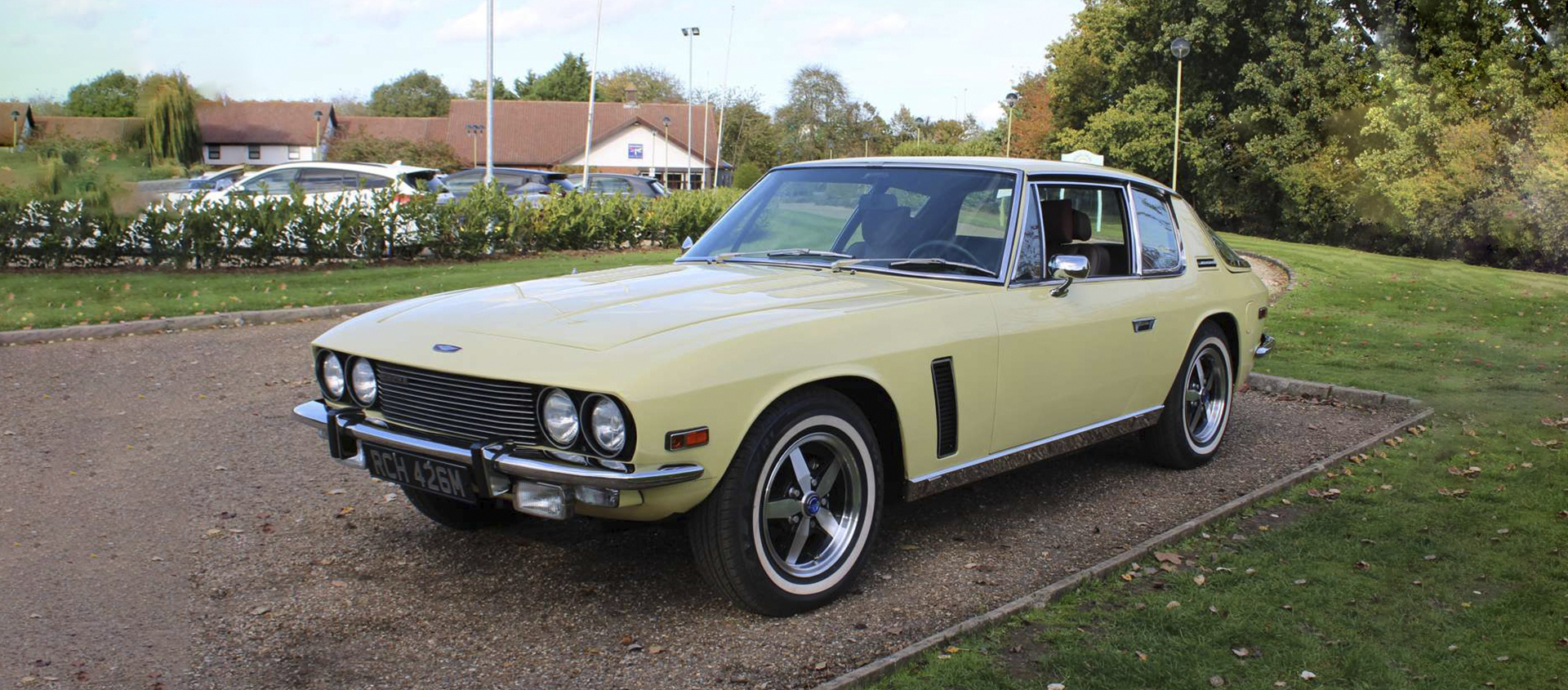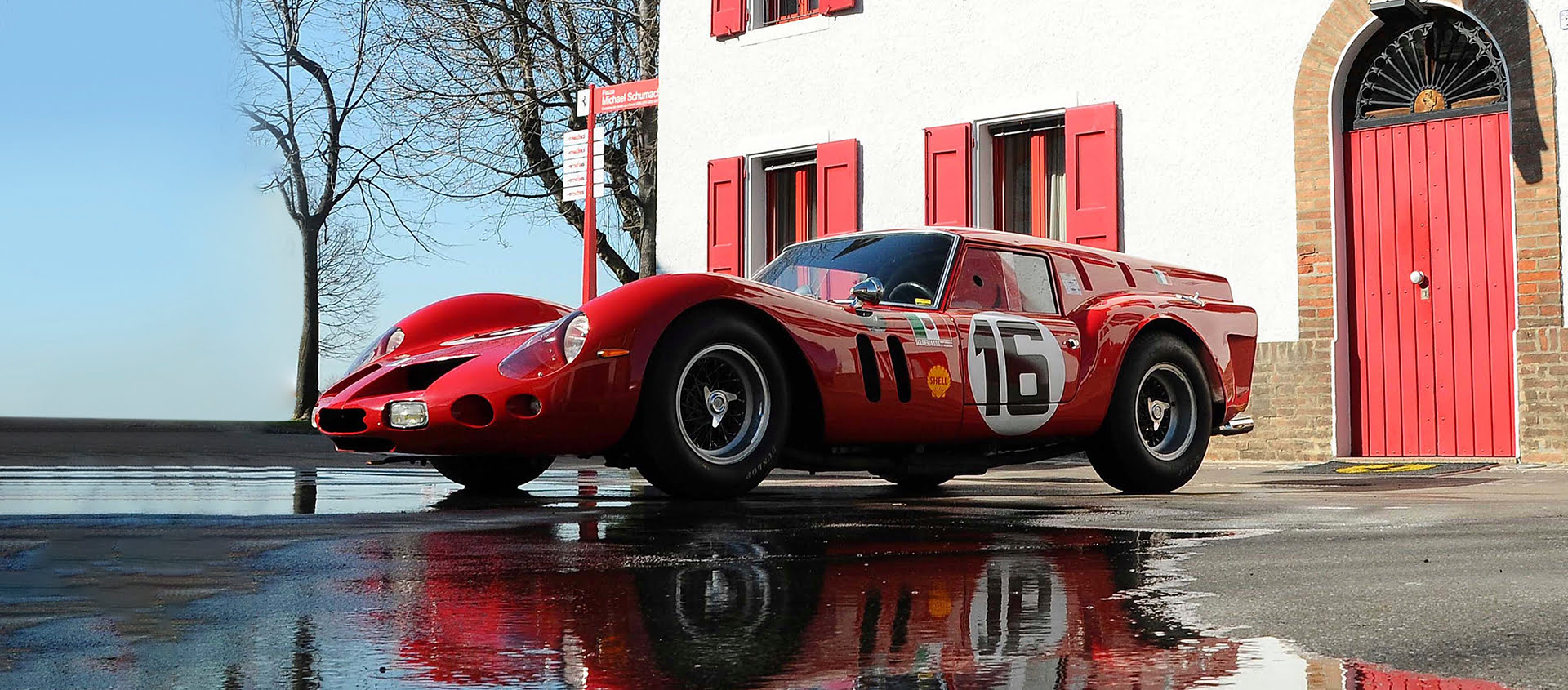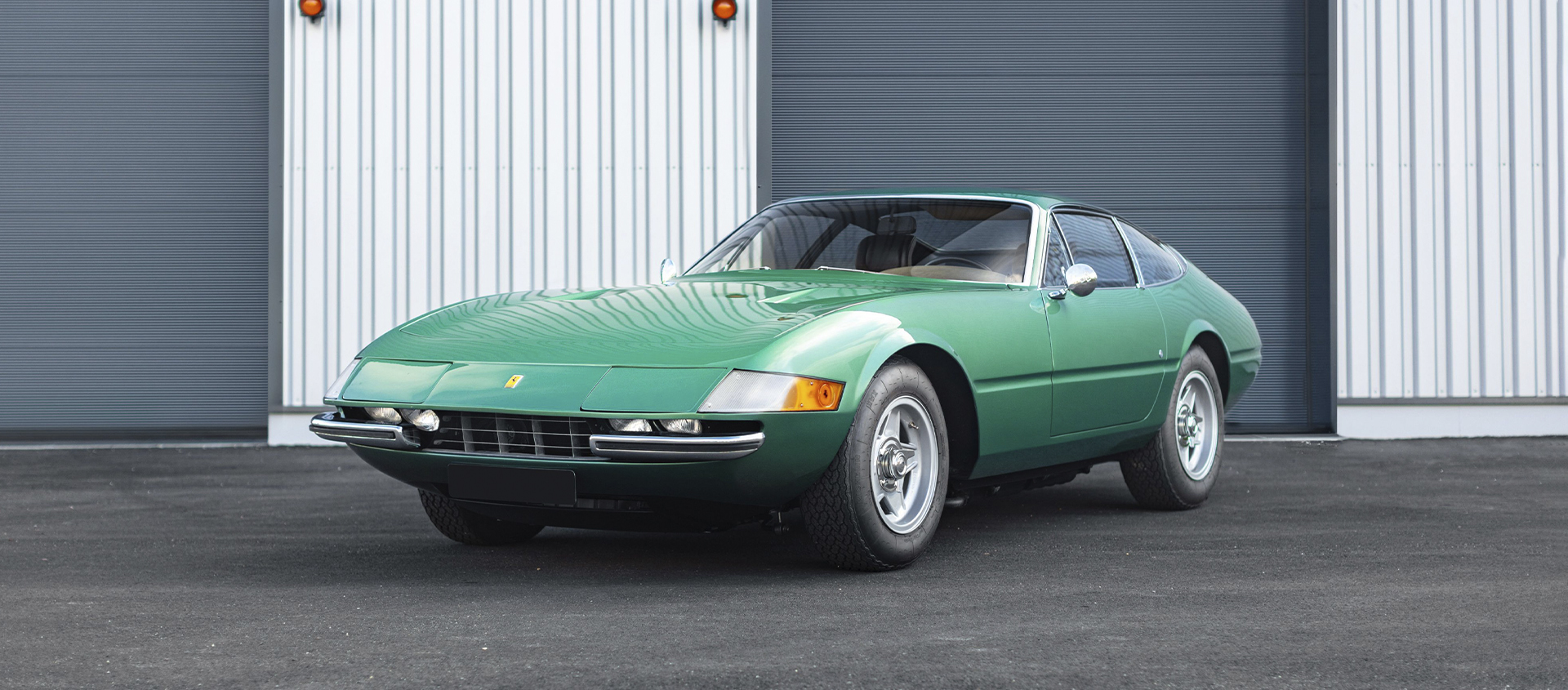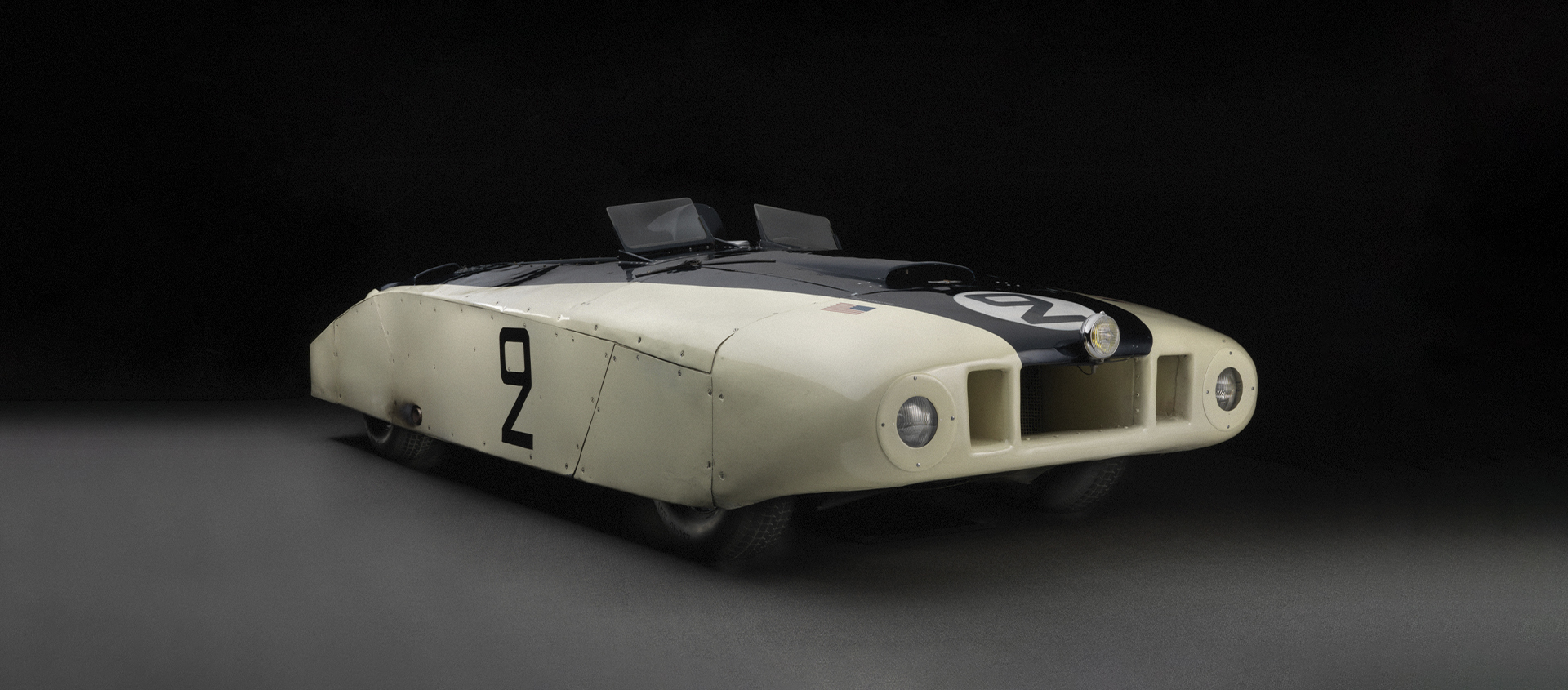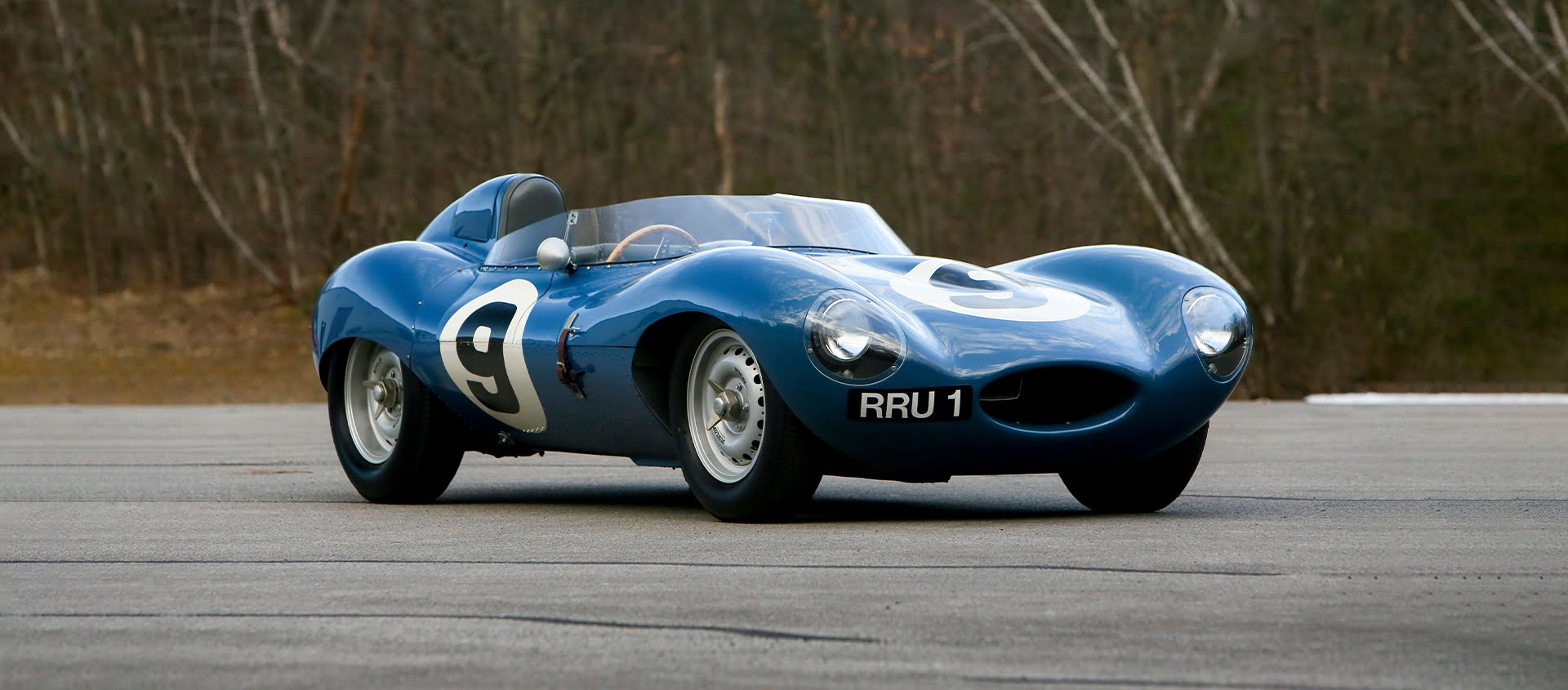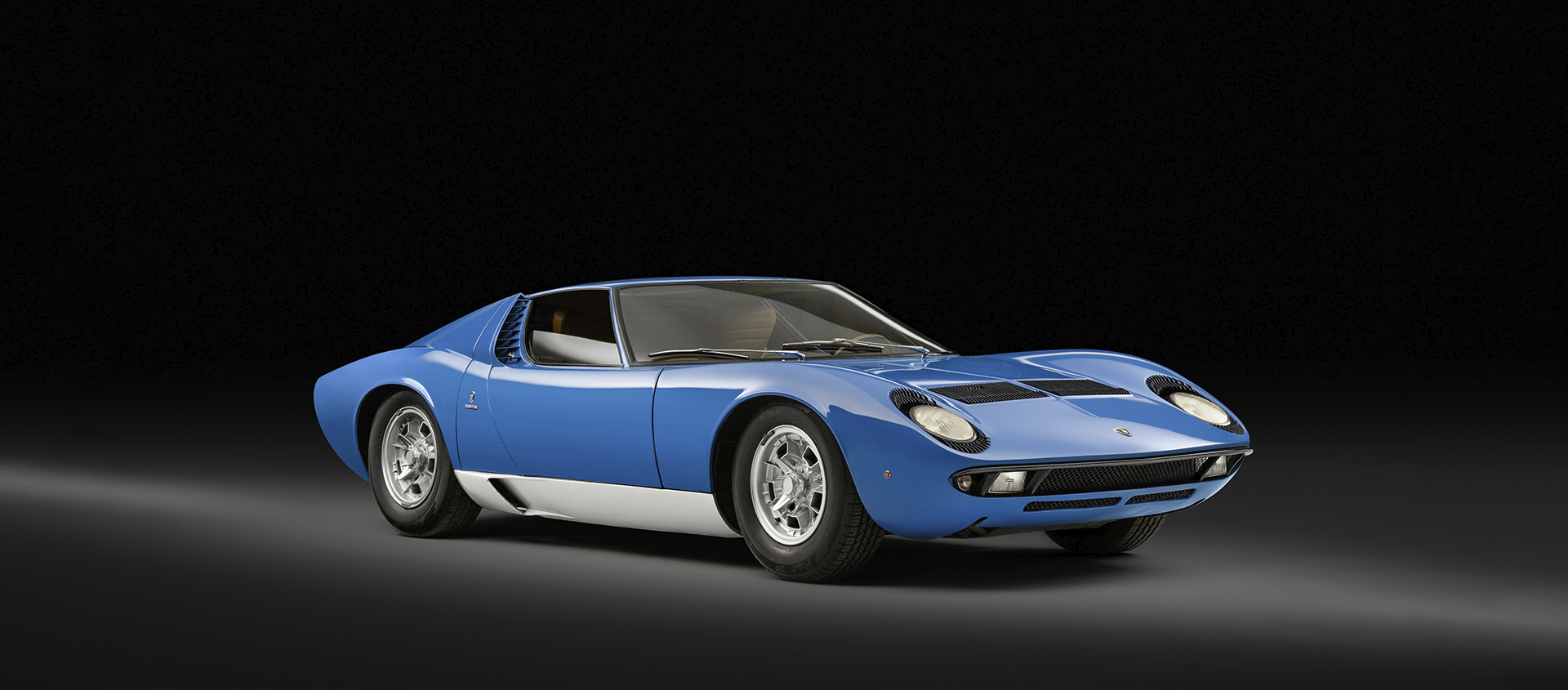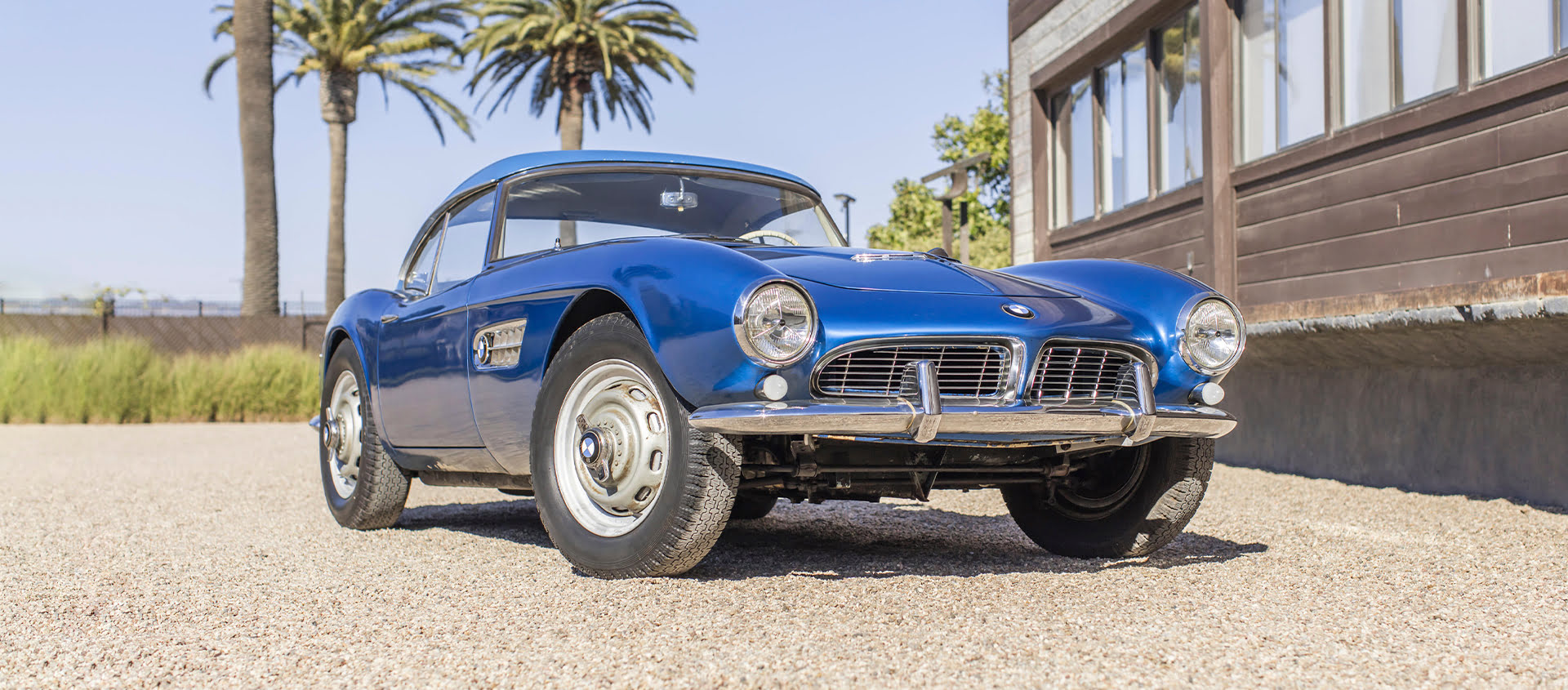Archive
17/11/2022
ACA. Little money, lots of great deals
This article discusses the results of a two-day ACA auction held in November, with a focus on affordable cars that were sold on the first day of the event. The auction offered 239 cars, 68 of which had no reserve, with a total pre-sale estimate of £1,722,850. The article highlights some of the most interesting sales, including a 2000 TVR Griffith, a 1974 Jensen Interceptor S3, a 1975 Rover P6 3500, a 1968 Maserati Quattroporte, and a 1990 BMW E30 325i Touring. The article concludes that the auction confirms the lively market for affordable classic cars.12/11/2022
Forgotten Legends Tecno
The Italian brothers Gianfranco and Luciano Pederzani combined their passion and curiosity to create the successful racing brand, Tecno.10/11/2022
Three good reasons
The 2022 RM London auction performed well in comparison to last year's sale. Three key factors contributed to this success: the current state of the market, the “Gran Turismo Collection” effect, and the demand for "safe haven assets." The sale featured a record-breaking average price per car and a 76% success rate. Although the top lot was a 2022 Bugatti Chiron Super Sport 300+, other cars performed similarly to those seen at Pebble Beach. Rally cars were of particular interest, including an Audi Quattro Sport S1 E2 and two Lancias: a 1985 Delta S4 Group B and the first example of the Lancia 037 in Evo 1 configuration from 1982. The collection also featured three Ferrari supercars, an F40, Enzo, and LaFerrari, which sold for lower prices than similar models due to their high mileage.05/11/2022
Forgotten Legends Ferrari “Breadvan”
The article discusses the story of the Scuderia Serenissima's Ferrari 250 GT modified by Drogo, also known as the Breadvan, which was created to challenge the Ferrari GTO on the tracks and roads. The car's shape, characterized by a high and truncated tail.03/11/2022
Artcurial and Dorotheum: dazzling fireworks
The article reports on two recent auctions held in Paris and Salzburg where Lamborghini dominated the sales with many Youngtimers selling for rising prices. The auctions saw impressive sales numbers, with Artcurial's sales being 76.25%, but the excellent performance hid many lots that were awarded above their estimates, achieving a turnover of €7,261,882 ($7,202,497). Dorotheum also did well, with 90.32% of their cars finding new homes and €3,078,275 ($3,053,100) in total revenue. The top lots of both sales were a 1969 Lamborghini Miura S and a 1989 Lamborghini Countach 25th Anniversary, respectively. A Ferrari 365 GTB/4 Daytona from 1974 painted in Verde Medio Metallizzato with brown leather interior also sold for €870,160 ($863,044).29/10/2022
Forgotten Legends Cadillac “Le Monstre”
In 1950, Briggs Cunningham entered two Cadillacs in the Le Mans race, one of which was transformed into an aerodynamic beast nicknamed "Le Monstre" by the French.27/10/2022
Broad Arrow Auctions: second show, second success
Broad Arrow Auctions' second car auction saw 125 out of the 126 cars on offer sold for $20,519,068, which exceeded the $20,324,000 expected revenue. Among the cars sold were a 2020 Ford GT '69 Heritage Edition, which went for $1,297,500, a 1967 Shelby Cobra 427 that sold for $1,325,000, and a 1961 Mercedes-Benz 300 SL Roadster that sold for $1,820,000. However, the Jaguar D-Type, the only car that came to auction with a reserve price, went unsold after bids stopped at $7,250,000. The auction saw some cars selling at twice their estimates, while others struggled to reach 15% of theirs.21/10/2022
Forgotten Legends. The Stanguellini meteor
Stanguellini was an Italian sports car manufacturer founded by Vittorio Stanguellini in the 1930s. They began building racing cars with small four-cylinder engines and achieved success in uphill and Mille Miglia races.20/10/2022
Zoute auction. Superboom at Bonhams
This article covers Bonhams' recent auction in Zoute, where the auctioneer, Maarten ten Holder, introduced a "dynamic concourse" formula, starting the offers at 35%-40% of the minimum estimate, instead of the usual 50%, generating a frenzy of offers. Of the 73 cars offered for sale, 69 were sold, 26 of which exceeded their maximum estimates, resulting in a €23,372,936 ($22,747,825) turnover and an average price of €338,738 ($329,675) per car. The highlight of the auction was the 1957 BMW 507 S1, which was sold for €2,093,000 ($2,037,020). Other notable sales included a 1968 Lamborghini Miura P400, which was sold for €1,115,500 ($1,085,665) and three modern "special bodied" cars. The auctioneer's skills were praised for successfully placing these cars, which were built to very personal specifications.13/10/2022
